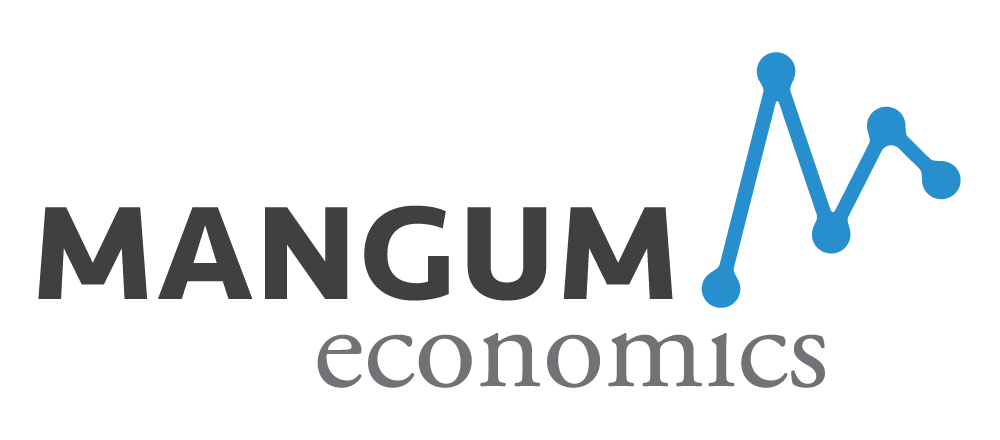After peaking in March 2016, annual house price growth in the UK has fallen to 3.3% in May 2017, according to the latest Halifax House Price Index. A 0.4% monthly increase in the price of houses between April and May contrasted with a 0.2% quarterly decrease. With prices remaining virtually unchanged over the past three months, the report suggests that the underlying trend for housing prices remains down (albeit at a moderate level).
The report highlighted a weak market performance with UK home sales falling 0.3% between March and April coupled with a 0.2% decrease in mortgage approvals for house purchases (a key indicator of completed house sales) in the same period. The cooling demand is attributed to a combination of rising inflation, weak wage growth, and increases in stamp duty tax rates for buy to let and second home purchases.
A 14 month trend of low supply continues into April, keeping the average number of properties for sale in estate agent's books at record lows.
Martin Ellis of Halifax concludes, “The fact that the supply of new homes and existing properties available for sale remains low, combined with historically low mortgage rates and a high employment rate, is likely to support house price levels over the coming months.”



